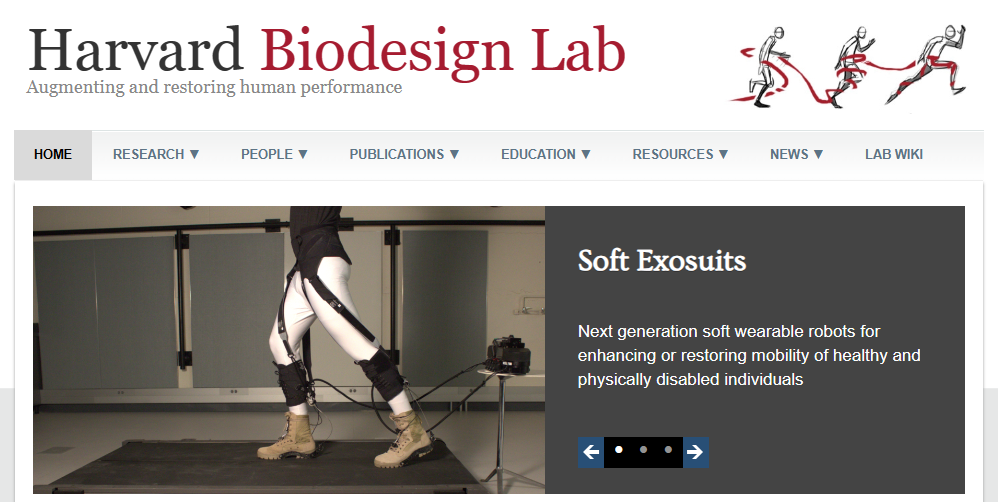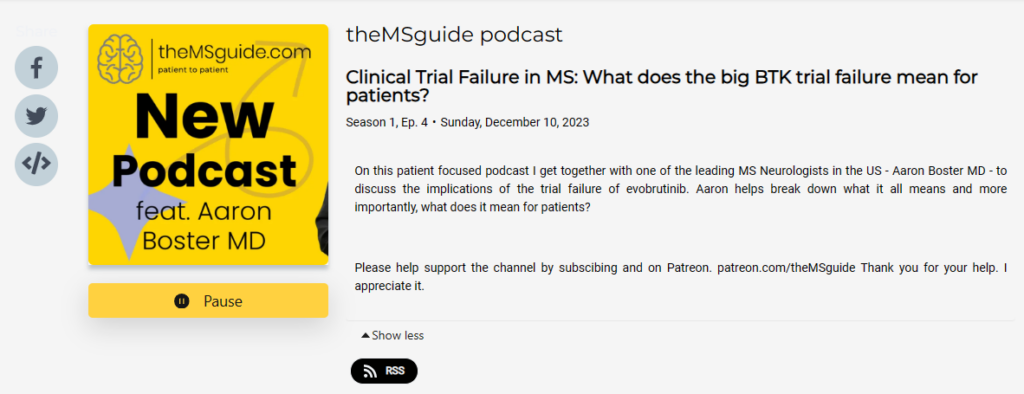AboLiSh study demonstrates clinical benefit of injection guidance when treating spasticity with abobotulinumtoxinA
- AboLiSh is the first global study to demonstrate the clinical benefit of using injection guidance techniques to improve patient goal attainment
- Analyses of study data indicated that patients who are administered treatment with Dysport® (abobotulinumtoxinA) with the use of injection guidance techniques are nearly 3 times more likely overall to achieve their goals
- The study highlights that almost 1 in 4 clinicians are not using injection guidance when administering abobotulinumtoxinA
19th January, 2024: Ipsen has announced top line results from its real-world AboLiSh study (NCT04050527), presented at the 7th international TOXINS conference in Berlin, Germany. The study evaluated utilisation and effectiveness of Dysport® (abobotulinumtoxinA) in people living with lower-limb spasticity and found that injection guidance techniques significantly help to improve outcomes and goal attainment in patients.
AboLiSh was a prospective 16-month observational study with a primary endpoint of goal attainment measured by subject centred Goal Attainment Scaling-Leg (LegA) T score. Topline results demonstrated statistically significant improvement in rehabilitation goal attainment in instances where physicians used guidance techniques, such as ultrasound, electrostimulation, electromyography or a combination of techniques, to deliver the first cycle of treatment to patients, compared to those receiving treatment without the use of guidance techniques. Patients who received abobotulinumtoxinA (AboBoNT) injections with the support of injection guidance were nearly 3 times (2.7) more likely overall to achieve their rehabilitation goals.
The AboLiSh study, which assessed 430 patients in 9 countries in Europe, the Americas, Australia and Russia, found that while the majority of clinicians already use guidance techniques, almost 1 in 4 clinicians (23%) administered AboBoNT without guidance, which was associated with reduced goal attainment and could lead to negative consequences, including patient adherence to neurotoxin injections.
“These findings highlight a current lack of consistency in how treatment is being administered to patients and underpin the importance of real-world evidence to inform clinical practice”, said Dr Alberto Esquenazi MD, Director Gait & Motion Analysis Laboratory at Jefferson Moss-Magee Rehabilitation in Philadelphia. “It is crucial that we consistently and routinely use our clinical assessment skills and the injection guidance tools available to us to ensure patients achieve their goals and their treatment is optimised.”
Patients who received abobotulinumtoxinA (AboBoNT) injections with the support of injection guidance were nearly 3 times (2.7) more likely overall to achieve their rehabilitation goals.
Ipsen is committed to further improving patient care for people living with spasticity and the study findings will be used to support Ipsen’s ongoing work to support the training of clinicians on the use of neurotoxin injections for the treatment of spasticity.
“We want to do our part to ensure those receiving treatment with Dysport have access to the best standards of care and are given every opportunity to achieve their goals.” says Sandra Silvestri, Chief Medical Officer, Ipsen. “To help facilitate this we are greatly expanding our Ixcellence program for neurology and rehabilitation specialists in 2024 which will utilise our global network of expert trainers to provide advanced education and knowledge transfer across a broad range of techniques essential to improving outcomes in patients with post stroke spasticity, including anatomy, ultrasound and goal setting.”
Clinicians taking part in the study were not given a protocol for the use of guidance techniques allowing them to treat patients in accordance with their standard practice. Results were determined using a cumulated (mean) Goal Attainment Scaling-Leg (LegA) T score, measuring the difficulty in passive and active muscle function following therapeutic intervention, across treatment cycles for each individual patient. No new safety signals were identified during the trial.


